Baker Hollow Creek:
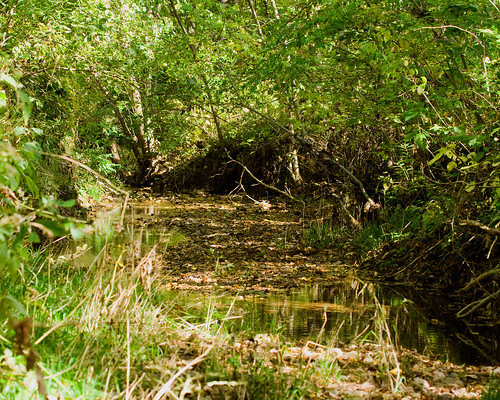
-- from jward199 - (?)
Minnows swimming in one of many deep pools:

-- from jward199 - (?)
Creek Bottom along the bluff:
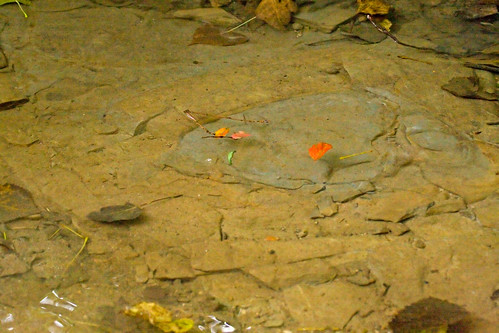
-- from jward199 - (?)
US 24 Bridge over Baker Hollow creek. This bridge was built to with stand a large volume of water back in the 1930s and it is still standing.
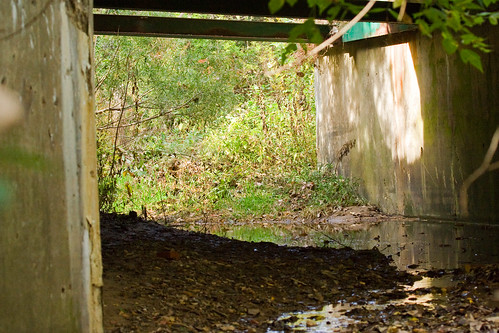
-- from jward199 - (?)
Creek bottom east of US 24 bridge:

-- from jward199 - (?)
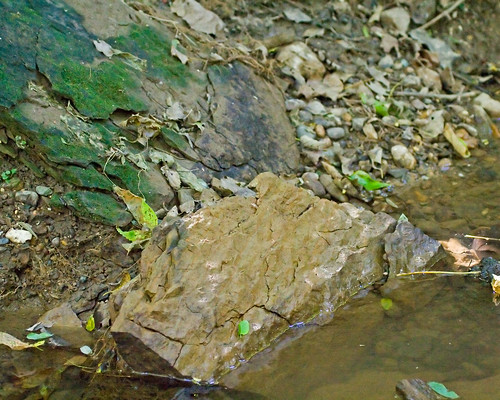
-- from jward199 - (?)
The old Prairie Lane bridge.
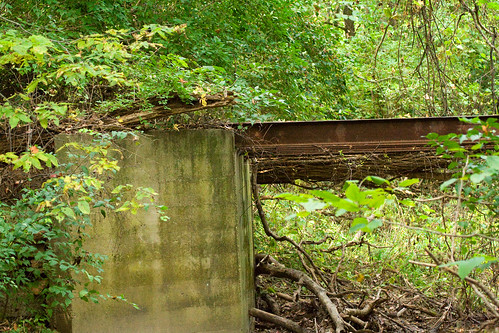
-- from jward199 - (?)
Butternut (Juglans cinerea), also called white walnut or oilnut, grows on well-drained soils of hillsides and streambanks in mixed hardwood forests. We found 3 or 4 of these trees with many butternuts scattered along the creek bottom.
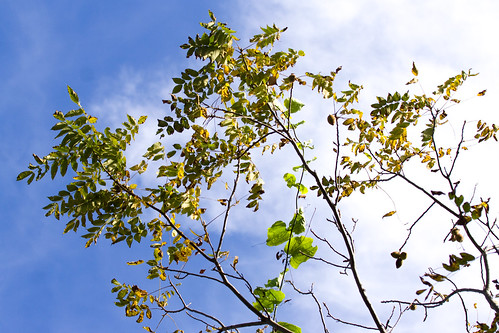
-- from jward199 - (?)
The receding flood left the decurrent false asters (Boltonia decurrens) standing, though brown and brittle, in the field where I found them before. Their seeds will scatter, and many will have been carried away with the flood waters, but they will appear again, if the field is not mined.

-- from jward199 - (?)
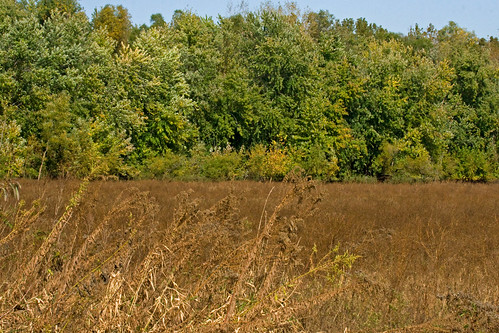
-- from jward199 - (?)

-- from jward199 - (?)
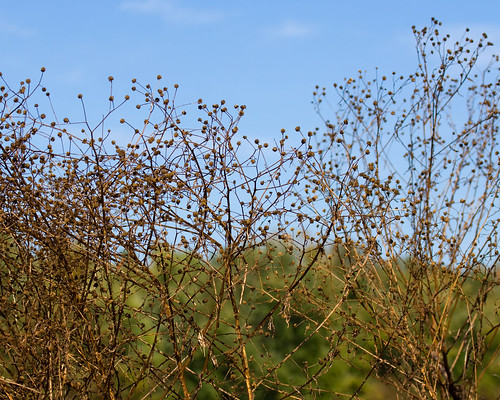
-- from jward199 - (?)
We found several huge Sycamore trees growing along Baker Hollow creek.
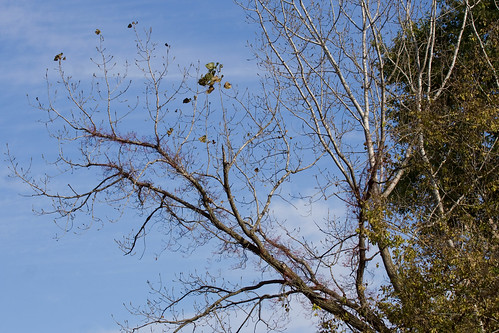
-- from jward199 - (?)

-- from jward199 - (?)
A worm, one of several, that we found in the water or banks of Baker Hollow.

-- from jward199 - (?)
This leopard frog and northern water snake were lying on the bottom of the creek in the clear water in one of the deeper areas against the creek bank.

-- from jward199 - (?)

-- from jward199 - (?)
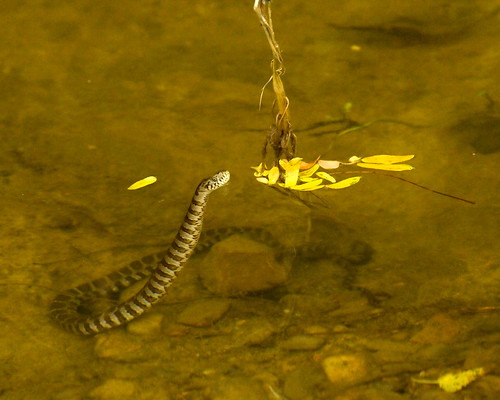
-- from jward199 - (?)
We found many crawdad holes (Crayfish, crawfish, or crawdads--all the same thing) along the creek banks.
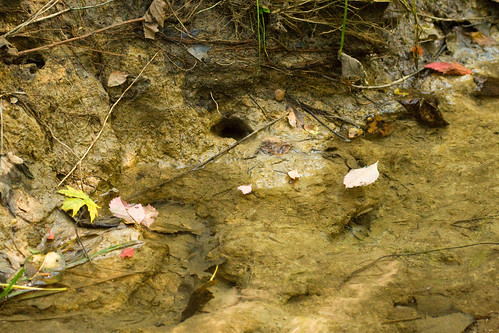
-- from jward199 - (?)
This crawdad hole is fresh! It has a current resident, who did not make an appearance for the camera.

-- from jward199 - (?)
We found quite a few little frogs, which I think are Cricket frogs.

-- from jward199 - (?)
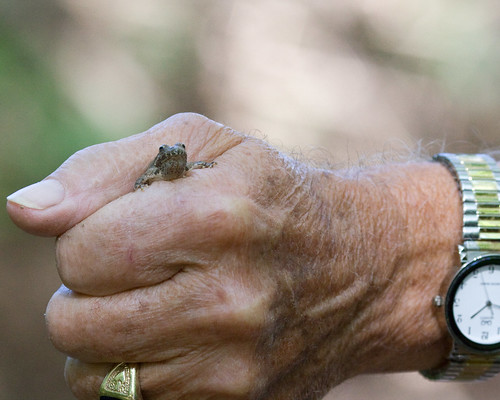
-- from jward199 - (?)
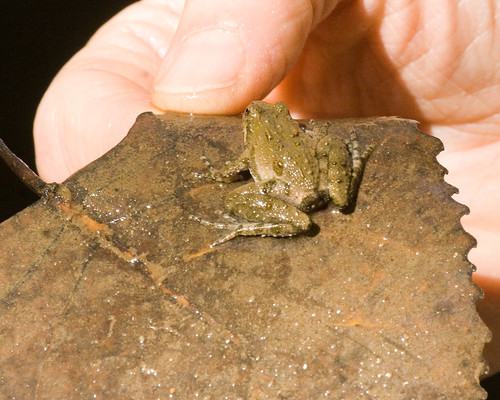
-- from jward199 - (?)
And we found several Leopard Frogs:
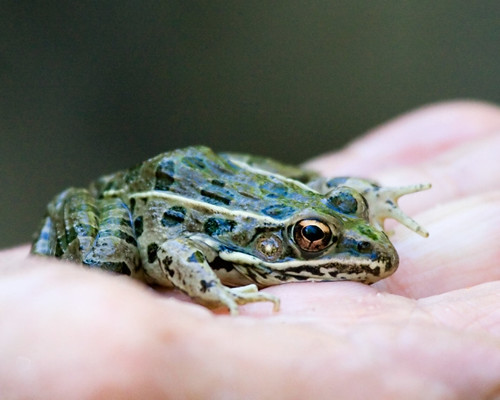
-- from jward199 - (?)
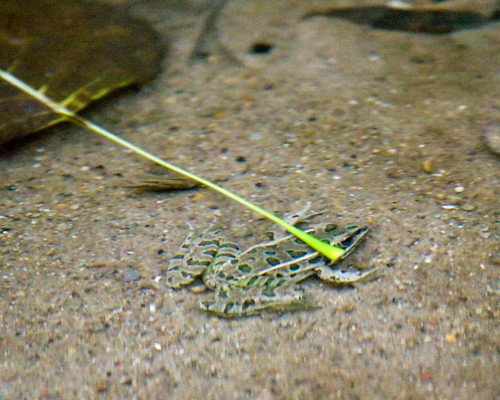
-- from jward199 - (?)
2 comments:
I'm grateful you name everything in the pictures - now I know what the frogs in my pond are! We have a tiny pond in our garden and have two or three leopard frogs (yeah I know their name!)
Hey, Linda Sue!
I try to name them. I make mistakes sometimes, and I correct them as soon as I find out!
Post a Comment